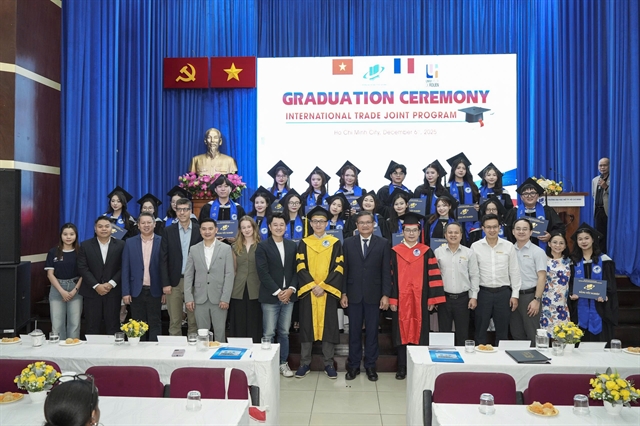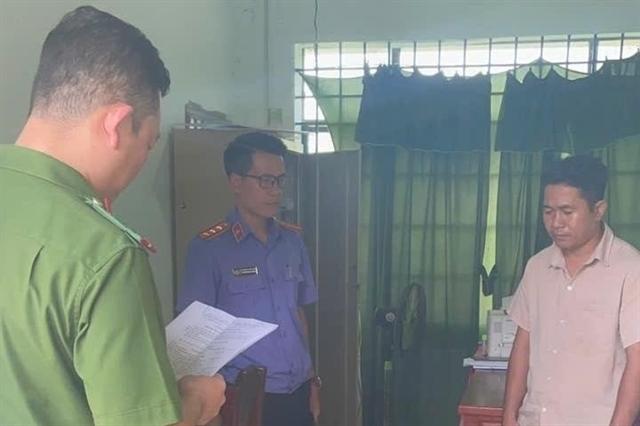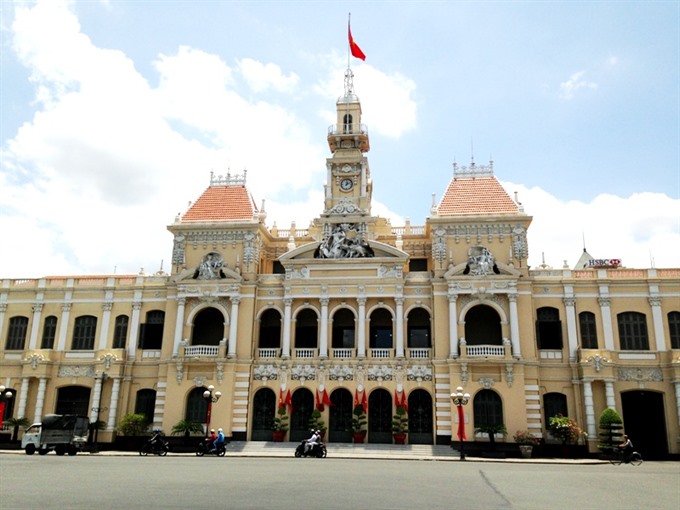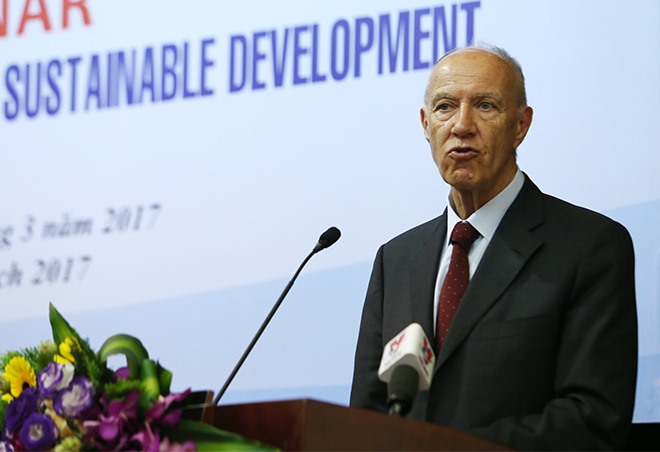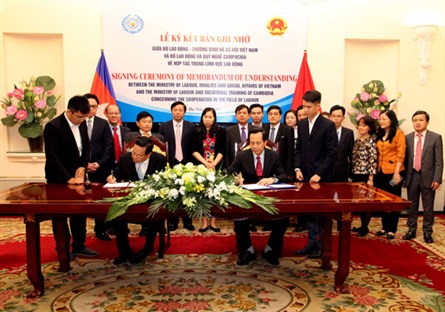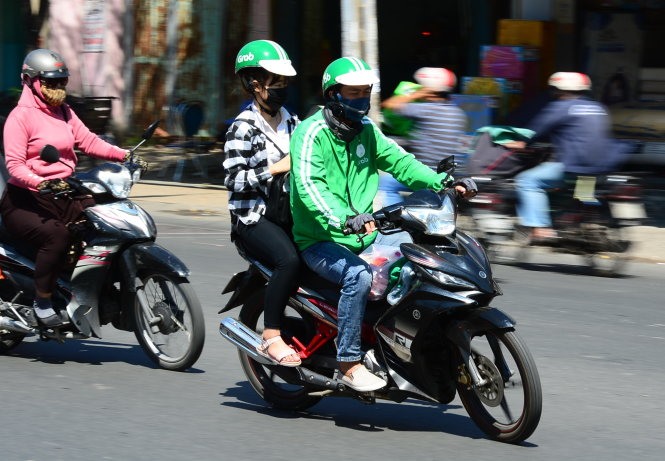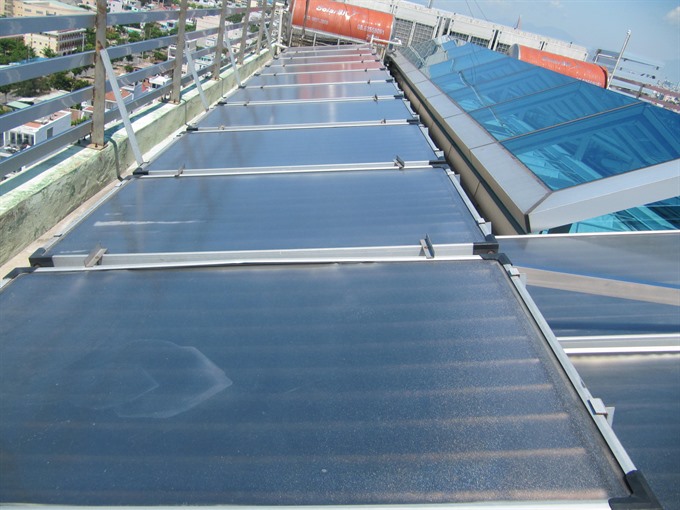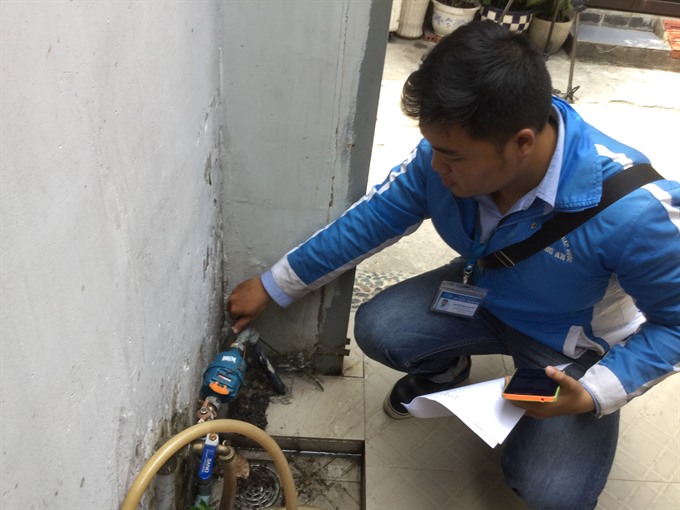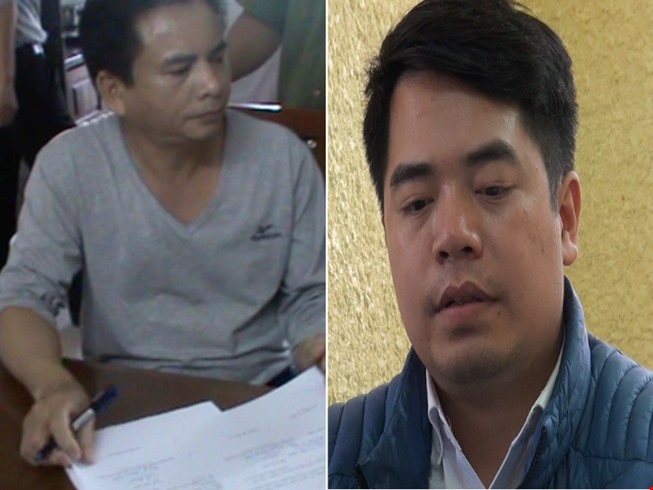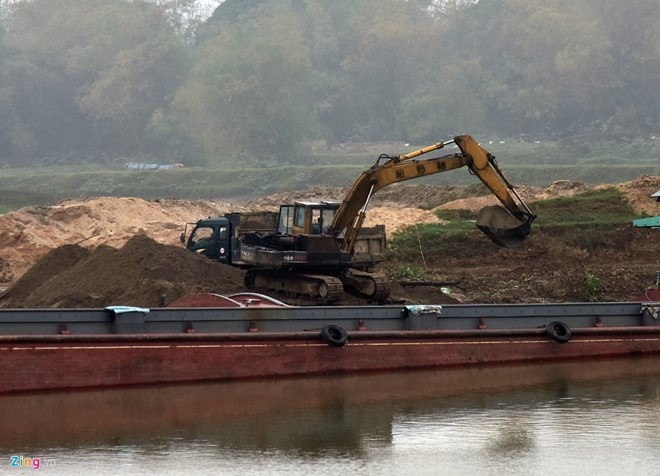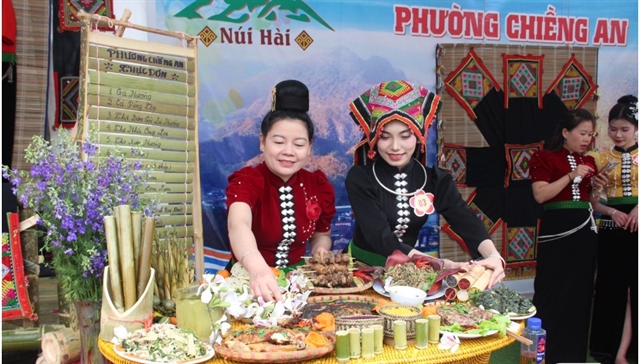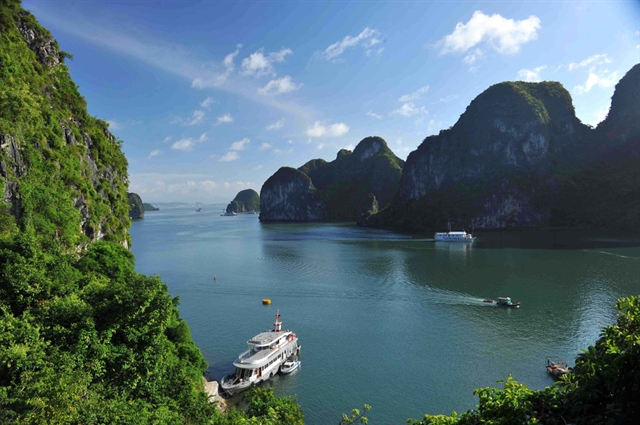
 |
| Scattered population density has affected infrastructure development in the mountainous commune of Đồng Văn in Bình Liêu District. — Photo quangninh.gov.vn |
QUẢNG NINH — The northern province of Quảng Ninh, with its world-famous tourism destinations like Hạ Long Bay, has recorded significant economic progress in recent decades, but pockets of extreme poverty remain.
Despite several investment and other support programmes being implemented in the mountainous commune of Đồng Văn in Bình Liêu District, the residents are still very poor.
The commune has nine villages, eight of which are in dire difficulties. In many places, there are no roads and residents are completely isolated when rains inundate the area.
The poorest locality in the area, Phạt Chỉ Village, is located about 37km away from Bình Liêu Township. There are 31 households living here, all of them belonging to the Dao ethnic minority community. Of these, 25 are poor and six are near-poor households, said Lý Văn Bình, Chairman of Đồng Văn Commune.
The families eke out a living on scarce forest resources.
Like many others in the village, Tằng Dảu Lềnh lives with his family’s other six members in a 40sq.m house. They have 2,400sq.m of rice and maize fields, two pigs and some chicken.
Every day, Lềnh goes to the forest to pick bamboo shoots, catch honeycombs or frogs, and sometimes, he works as a hired labourer, cutting down trees.
For all the hard work he does, the highest income he can earn is VNĐ300,000 (US$13) a day. The average daily income is about VNĐ100,000-150,000. Then there are days he cannot earn any money.
His wife often goes to work illegally in China, and returns after a few days or even months.
According to the Bình Liêu Distrit People’s Committee, they had 2,449 poor households and 1,229 near-poor households in 2016.
In Đồng Văn and Húc Động communes, poor households accounted for 50 per cent, with the percentage as high as 90 per cent in some villages.
Bình said a lack of capital and land for production were the main reasons behind the high rate of poverty.
In the mountainous commune of Đồng Văn, 538 of 658 households are poor, and 135 are near-poor.
Scattered population density has affected infrastructure development of the region, Bình said, noting that several households do not have electricity in their homes.
Productivity in breeding livestock and in farming has remained low because of difficulties in applying modern technology, Bình added.
The programme to reduce poverty and build new-style rural areas in Bình Liêu District has not been as effective as hoped, he said.
Hoàng Ngọc Ngò, deputy chairman of the district’s People’s Committee and head of the Steering Committee for Poverty Reduction also affirmed that several programmes implemented in the district in general and in Đồng Văn commune in particular have not borne the desired fruit.
The most pressing issue was how to promote production, change local people’s awareness on poverty reduction efforts, vocational training and job creation, he said.
For many years, the main source of income for local residents has been anise and cinnamon, which is cultivated over 2,000 hectares, one-third of the commune’s natural land area, the Nông Thôn Ngày Nay (Countryside Today) newspaper reported recently.
However, the yield of these plants and trees has constantly fallen over the past five years and no one knows why, the report said.
It noted that very few enterprises have invested in agriculture in the area. Just one co-operative has taken up cold-water fish farming and another does small-scale planting and processing of radish, the newspaper reported.
Earlier this year, Bình Liêu District launched its sustainable poverty reduction programme for the 2017-2020 period. Đồng Văn Commune is waiting approval from authorised agencies for its plan to bring poor villages out of the extreme difficulties and fulfill the objectives of National Programme 135, which focuses on poverty reduction.
Under the plan, eight villages in the commune will escape extreme poverty by the end of 2019. — VNS

